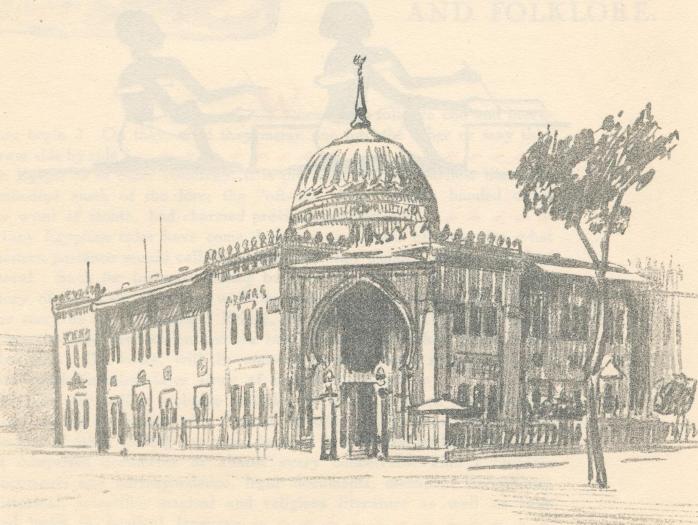
Love of music is very deep-rooted in the Egyptian people. Ancient Egyptian frescoes and paintings show many pictures of singers, lute players, drummers and other performers on either wind or string instruments. Rhythmic singing as an accompaniment to manual labour probably helped the builders of the monuments of Ancient Egypt to get through their laborious and tiring work just as today the Egyptian boatman, the peasant in raising water, the porters carrying weights, the mason and carpenter will enliven their daily toil by song. The comparative rarity of musical records makes it difficult to arrive at an exact idea of the growth and development of Egyptian music as it exists today. While it is doubtless derived, in great extent to the music known to Ancient Egypt it has certainly borrowed something from Persian and Indian sources. Indeed many of the technical terms used by Egyptian musicians are of Persian and Indian origin. To European ears the great peculiarity of Arab music is the division of tones into thirds. These delicate gradations of sound give a plaintive softness to the melodies in which they are incorporated but their perception takes time and study if the "thirds" are to be appreciated. In other words Arab music is to the Western ear an acquired taste.  Homely, and often home-made is the reed-pipe which Nile boatmen often
use to accompany their chants. It is known as the "zummarah" and its high-pitched
plaintive music is very pleasant when heard from a distance over the water.
Boatmen also use another reed-pipe, the "arghool" which serves as a continuous
bass.Songs to which the above instruments provide the accompaniment
A school of oriental music has been opened in Cairo and it has done much valuable work not only in training musicians but in printing and distributing oriental music works. Its students past and present are in great demand as radio artists as well as for concert and theatre work. In this connection it may be mentioned that Egyptian music and musicians are eagerly awaited by radio listeners in Morocco, Algiers, Tripolitania, Palestine, Syria, and Iraq. It is no exaggeration to say that Egypt, the intellectual centre of
Islam, is rapidly becoming, if she has not already become, the fountain-head
of musical art in the Near-East.
|
